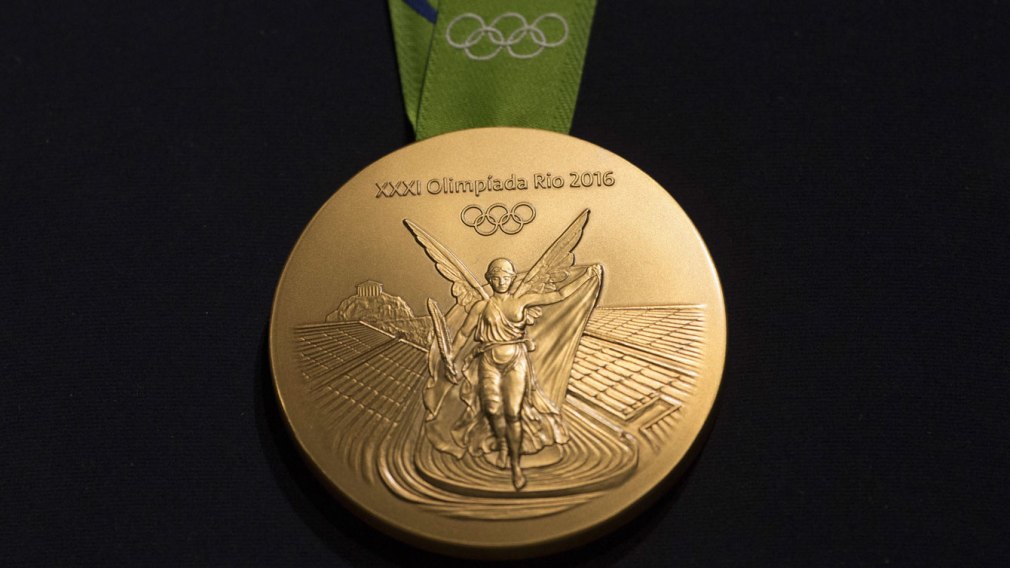They're priceless to the athletes that invest years of hard training and personal sacrifice, and can attract millions of dollars in sponsorship money. But what is an Olympic gold medal actually worth?

A gold medal from Rio. Image provided by Rio 2016.
Gold! Congratulations Mack for an amazing race in the 400 metre freestyle, and winning our first gold in Rio 2016.
But what is a gold medal worth?
Priceless to the athletes that invest years of hard training and personal sacrifice. Millions of dollars for those attracting big sponsorship deals following victory.
But the cold hard cash value on the street is shy of $800! Not bad but with gold worth nearly $60 a gram you might expect a bigger dividend.
Despite weighing around 500 grams, a ‘gold’ medal from the Rio Games contains just 6 grams of the pure stuff. More than 90% is silver. Not since 1912 have Olympic medals been made of pure gold.
But what sets the Rio Olympic gold medal apart is the way the gold used has been processed.
Mack Horton after winning the 400m freestyle medal. Photo: The Australian.
Sustainable gold processing
The Brazilian Mint has produced 812 gold medals for the games using gold extracted without the use of mercury.
Mercury presents a serious health hazard – you may have heard of ‘mad hatters’ disease – and has been used for gold extraction processing for millennia. The decision to use mercury-free gold for Rio 2016 was a conscientious move to create a legacy of a more sustainable and environmentally friendly process.
Mercury is not the only toxic chemical traditionally associated with gold extraction.
Cyanide, made famous as the suicide pill of choice for WWII spies, is widely used to extract gold from solutions of processed ore.
Cyanide is highly toxic to humans and nearly every living organisms and so the cyanidation process use to extract gold can be very hazardous.
Cyanide-free gold
We have developed a new, safe gold recovery process that avoids the use of cyanide. We have replaced cyanide with non-toxic chemical which effectively binds with gold to create a soluble gold complex.
This process is appropriate for the treatment of high-grade gold concentrates, and could also be valuable for use in other applications. For example, in-situ leaching in deep mines and for use in treating gravity gold concentrates, particularly those with high cyanide-soluble copper.
Replacing cyanide with this non-toxic chemical reduces the risks and environmental impacts of gold processing and may open up opportunities in areas where the use of cyanide is banned.
So, when we see our winning athletes raise their gold medals in the air on the podium, not only does the medal represent their personal triumph but also symbolises a more sustainable approach to gold production.
Read more about our cyanide-free gold processing work.



22nd August 2016 at 7:05 pm
What fraction of the worlds gold production uses mercury instead of cyanide?
I did a quick google search but I couldn’t find any figures.
My hunch is that most gold is now produced using cyanide leaching
7th August 2016 at 2:13 pm
Filed under Manufacturing? Tagged Minerals? the activity is actually in the Minerals business unit.